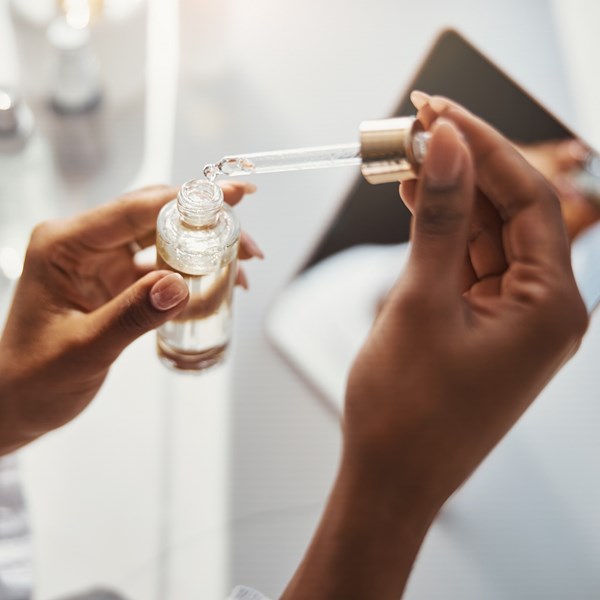When AbbVie and Amgen agreed a settlement over Humira back in 2017, the prospect of AbbVie’s blockbuster drug being impacted by biosimilar competition seemed a long way in the future. However, it has now not only come and gone but has also arguably heralded in the age of the ‘patent cliff’.
Many of the world’s biggest pharmaceutical companies will see some of their best-selling drugs face generic or biosimilar competition for the first time having finally lost their exclusivity in 2023.
According to Fierce Pharma, the list includes ten top selling drugs with combined US sales of almost 433.8bn. This will have a seismic effect on the US and by extension, the global pharma industry.
The drugs in question are some of the largest selling drugs produced by the world’s largest pharmaceutical companies. Therefore, an enormous amount of thought and an equally enormous amount of investment will have gone into exploring the various means with which to extend their patent terms and maximise their exclusivity. However, even the most complex and well-constructed exclusivity strategy has a finite lifespan.
The fact that lifespan has suddenly come to an end for so many high profile, high selling drugs in 2023 does highlight the need for every pharma company to start planning how they’ll maintain their exclusivity for the longest possible time as early as possible.
Drug development is massively time and resource intensive. While a patent will give your drug an initial 20 years’ exclusivity it’s highly likely the lion share of this term will be taken up by doing what is required to obtain the regulatory approval you need to take your drug to market. This means your primary aim must be to offset the portion of your patent’s life that has been lost during extensive testing and trialling you have endured to get your drug to the point it can safely go to market.
If you were to lose your exclusivity at the point your initial patent expires, you run the risk of your competitors being able to produce alternative versions of your drug to compete directly with yours which, unfortunately, would stop your drug every achieve the revenues and market share you want.
And keeping competitors at bay is not the only benefit. Growth requires investment and investors must be able to see that you and your drugs have the potential to achieve the steep levels of linear growth that will deliver the financial return they want.
A crucial step towards proving this potential is to show you can maintain your exclusivity in the market for the longest possible term. This means you need to show investors you have everything in place to maximise your patent’s term and your drug’s exclusivity.
If you are developing a new drug, you should have an eye on the future from day one because, speaking plainly, the longer the period of exclusivity you can secure lasts, the more people it will help and the more revenue it will generate. The last thing you can afford is to leave any cracks in your protection, cracks that could allow your generic competition to enter the market you have worked so hard to create.
HOW DO YOU CREATE THE RIGHT EXCLUSIVITY STRATEGY FOR YOUR DRUGS?
The process of extending a patent’s term and a drug’s exclusivity is not, as you can imagine, a straightforward one. There are many questions you’ll need to explore with a patent professional who specialises in patent terms extensions and regulatory exclusivity.
- What will you do to maximise your drug’s exclusivity once the end of your initial patent term comes into view?
- Which of the various patent term extension (PTE) options and data and market exclusivity tools could you use to extend your patent’s term?
- Could you obtain a supplementary protection certificate (SPC) to extend your patent for a maximum of 5 years in the UK and Europe?
- Would you be able to secure PTEs in other key territories like Australia, China, Israel, Japan Russia, South Korea, Taiwan and USA?
- Could you be eligible or a paediatric extension via your clinical trial history?
- How does your patent exclusivity map to your regulatory exclusivity? What are the different scopes of the exclusivities and when do they expire?
- Can the product life cycle be extended with follow-on patents (eg new formulations, patient subgroups, dosage regimes, prodrugs, and new combinations etc)?
- How does the respective scope and expiry dates of your drug compare to current competitor activity?
Once you have the answers you will have the components you need to build a robust and effective exclusivity strategy. In addition, as you will have comprehensively analysed your situation, your strategy will be even stronger because it will reflect the key sources of exclusivity arising from the patent, SPC/PTE and regulatory legal frameworks and show exactly how the various exclusivities overlap and interact to ensure your drug achieves the maximum period of exclusivity.
From a more practical perspective, the process will also enable you to set out a clear action plan to follow so your strategy is implemented correctly.
HOW DO POTTER CLARKSON MAKE IT EASIER TO EXTEND YOUR DRUGS' EXCLUSIVITY?
Given the financial implications at stake, your exclusivity strategy should always be based on a comprehensive analysis of your current circumstances and your commercial objectives supported by impartial advice from an experienced pharmaceutical sector specialist.
We have all that experience. Better still, we have brought everything we have learned as one of Europe’s leading PTE specialists into a structured audit we call ExtendiP. Although the subject matter will differ in every audit, we always follow a very simple four-step process:
- We’ll examine all the current circumstances surrounding your patent portfolio and the ongoing regulatory procedures in detail.
- We’ll determine if it is possible to extend term of any of your patents and highlight the data and marketing exclusivity periods that could be applicable.
- We’ll recommend the course of action we would take if we were in your shoes.
- We’ll set out a clear, structured action plan outlining the required steps and deadlines for you to follow.
At the end of the process, we will produce a succinct report that sets out our findings and a clear and structured strategy we’d suggest you implement to prolong your exclusivity. We also break this down into chunks that will map out the scope and timeline of the various exclusivities (patent and data/marketing exclusivities) so that you know to what extent you are protected and until when.
Our analysis will be supported by our recommendations as to how you can use everything we uncover to extend your exclusivity and maximise the commercial value of your innovations. We end by presenting these recommendations - in person or virtually - so that you and your team have an opportunity to ask questions and drill into the detail.
If you would like to find out more about ExtendiP and how it simplifies PTEs and formulating the right exclusivity strategy, please click here or email Michael.pears@potterclarkson.com.






